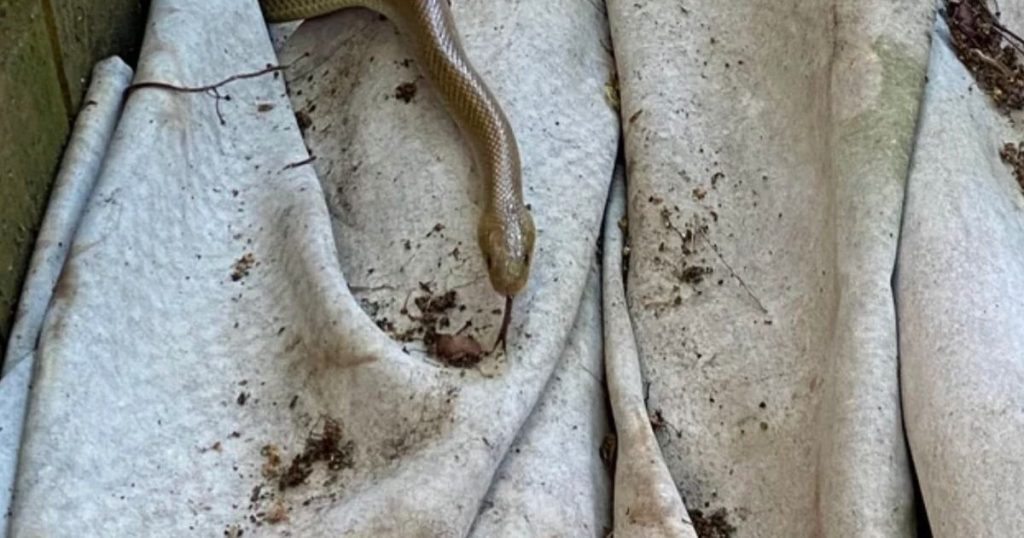The social media sensation “Snakes Down a Lane” has caused a stir among London residents due to reports of large snakes in unexpected locations. This phenomenon is surprising given London’s urban setting, but wildlife can still be found throughout the city. From squirrels and pigeons to foxes and rats, Londoners are accustomed to encountering various animals. However, the appearance of a four-foot snake along Regent’s Canal has caused alarm. Identified as an Aesculapian snake, this creature is non-poisonous and feeds on local rodents. It is believed to be part of a feral population that has resided near the zoo since the ’90s, with no clear origin of how they arrived.
Upon the sharing of photos of the snake on social media, reactions varied from shock to humor. Many Londoners expressed surprise at the presence of snakes in the city, with some wondering about the safety of encountering these creatures. The Aesculapian Rat Snake, native to Britain before the last Ice Age, has garnered attention for its unexpected presence in urban London. Despite concerns, the London Zoo has confirmed that the snakes are non-venomous and pose no danger to the public. These snakes, known for their climbing abilities and diet of small mammals and birds, were originally part of a study by an organization before some escaped or were released into the wild.
The discovery of a feral snake population in London has sparked curiosity and apprehension among residents. The snakes, while not invasive, have managed to thrive in an urban environment, particularly near Regent’s Canal. This has led to discussions about the presence of wildlife in unexpected areas and the importance of coexisting with different species in the city. While some may find the idea of snakes in London unsettling, it serves as a reminder of the diverse ecosystems that can exist in urban settings. Further research into the history and behavior of these snakes reveals their fascinating adaptation to city life, adding a unique aspect to London’s wildlife landscape.
The online discussion surrounding the presence of snakes in London has highlighted the intersection between urban development and wildlife conservation. As cities continue to expand and encroach on natural habitats, encounters with wild animals become increasingly common. The presence of snakes in unexpected locations serves as a reminder of the need to protect and preserve biodiversity in urban areas. While some may feel uneasy about sharing their environment with snakes, it is also an opportunity to appreciate the resilience and adaptability of these creatures. By understanding and respecting the wildlife that coexists with us, we can foster a more harmonious relationship with nature in our urban spaces. The emergence of “Snakes Down a Lane” has sparked conversations about the cohabitation of humans and wildlife, prompting a greater awareness of the natural world within city limits.


